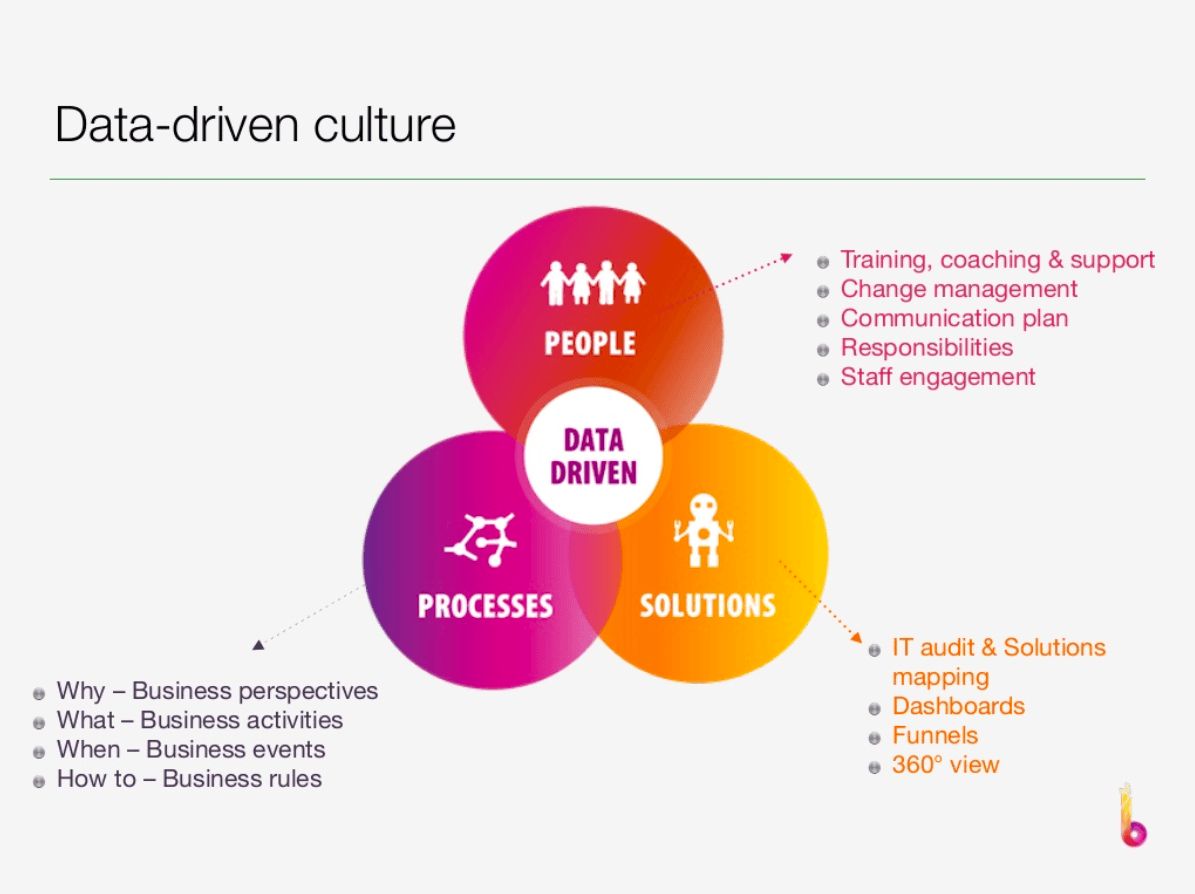1.Introduction
2022 has been a year in which the effects of the pandemic are gradually decreasing, but the mobile gaming industry continues to shine. At the same time, the industry is climbing to new heights with advances in big data analytics, and the importance of data in mobile games is increasing daily. The increase in data collected today and making sense of the data it brings requires effort and time. It even becomes difficult to identify the problem with irrelevant big data.

2. Understanding the power of data
Understanding the power of data and making sense of it is crucial to survival in the competitive mobile gaming industry today.
To enable the company to identify the problem in the mobile game, the use of machine learning comes into play and becomes the game’s savior.
Besides predicting the future, machine learning targets the “business problem” by presenting meaningful “decision trees” among hundreds of unrelated parameters. This notable advantage has made this year more data-driven than any other year. In the coming years, the increase in data-based solutions will bring the growth of data and the increase in solutions to possible “Business Problems.”
In order to solve these problems effectively, Machine Learning methods will be our best guide on this path.

3. AppNava’s insights from 2022
3.1. All game types:
- Each indefinite onboarding step in the tutorial causes an extra 5% increase in Churn Rate.
- Deciding which advertising strategy to apply to which players in their first session will increase game LTV by 300%.
- Compared to gift-oriented A/B testing, Machine Learning provides a 30% increase in LTV between churn & retention groups.
- Be careful about geography where you get users because 70% of new users delete the game without even opening it.
- Presenting the Sign-Up screen (google etc.) before the tutorial causes a 30% Churn.
- You may lose 39% of the new players before completing the tutorial due to the poor User Acquisition strategy & targeting.

3.2. For subscriber-based games & apps:
- 20% of players who start a trial cancel their subscription on their first day.
- The free trial does not return to the subscription if the content is consumed quickly and excessively in a short time.
3.3. For IDLE games:
- “Remove Ads” or “Automation” offers for IDLE games make up 70% of the revenue segment.
- The “Loading” time we see at the game’s opening is too long, causing the player to Churn in a short time. We accept 17 seconds as the waiting threshold for the IDLE game.
- Note that the waiting time for the Loading Screen is 15 seconds on average.
3.4. Multiplayer games:
- Churn increases if the pairing time of two players in PVP games is too long. If no match is found, realistic experience with AI increases Retention.
- It doesn’t matter who I am or who I play the match with. Correct match-making increases 7 Day Retention Ratio by 4 points.
As you can see above, the situations experienced by game studios collaborating with AppNava were observed, and clear information was shared.
Consequently, it would be wise for mobile app and game developers to train a Machine Learning model that personalizes the user’s in-game experience, thereby increasing user engagement and revenue.



